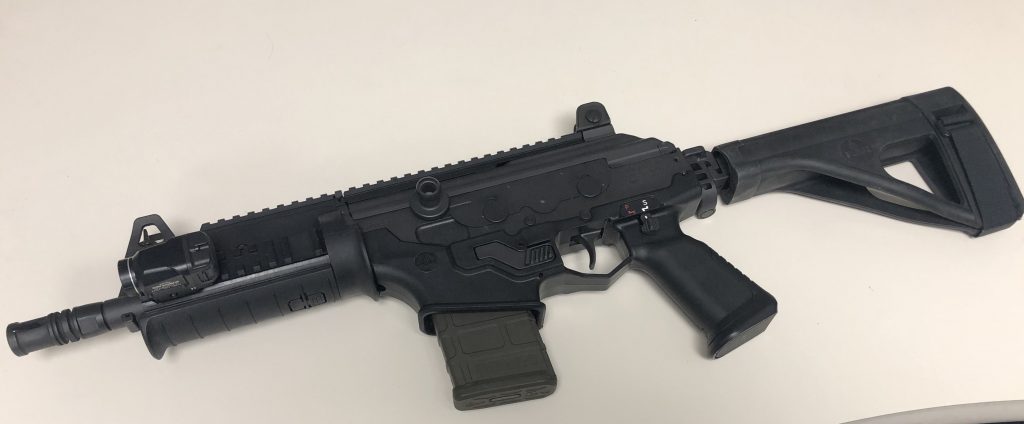
Because I know you’re humming it already… here you go. (Edited: because someone did not enjoy my play on words)
You have chosen a shoulder fired carbine as your personal defensive tool. This is primarily for your home but extends in scope to the vehicle/cruiser. In specific circumstances this could be an ‘on body’ carry, but that is not the focus of this discussion.
The topic at hand is building up a defensive carbine. Outline the purchase priority in order to maximize your dollars spent and minimize spending overlap.
Twice spent money on items like triggers, sights, slings, handguards, and other ancillary equipment. Items you are able to change and are likely to change on any specific firearm as you want to upgrade new personal gear.
These changes, if and when made, must enhance the carbine in its intended role. The litmus test, how much did an item improve the gun in performing its overall role? This is a game of financial diminishing returns, be warned. However, the only one you need to justify the cost too is yourself and if it passes the ‘in role improvement’ consideration it can be justified.
Minimalist Loadout
A minimalist set up covers the basic requirements with little cost into force multiplicative equipment.
While both the Dakota Tactical MP5 and IWI X95 are exceptional firearms in the role of a defensive carbine, they are not ready out of the box.

Even in its most basic configuration a defensive carbine needs to cover two critical capabilities.
- All light target engagement
- All light target identification
Most out of the box rifles cannot do either one. Even my beloved SCAR and M16 lack this capability. In low or no light they do nothing to aid the user in target assessment and engagement.
In a low light or no light scenario getting on a set of iron sights and using them effectively is… well it sucks. Putting the small dark front post in the small dark circle of the rear sight and across the dark obscure target and hope for the best.
The answer, in the minimalist case, is night sights. Yes, just like on your pistol.
The IWI Galil comes with night sights making it a phenomenal choice in this regard. Adding a night sight is an inexpensive modification, in most cases, to carbine systems. The night sights correct the sight acquisition deficiency.
The second component is adding a light of sufficient brightness and proper throw to positively identify what you may or may not be shooting at.
The Streamlight TLR-7 selected here is traditionally a handgun light. However after being told “No, seriously try it. You’re gonna like it.” by Tom, head of IWI’s training program, I’ve come to enjoy the little 500 lumen single cell as a very capable carbine light. It’s fantastic for social distances (50m and closer) with capabilities outward towards 100m depending on environmental factors.
But the long and short of this stubby little carbine is that a single added item, the TLR-7, completes the Galil’s identify and engage capability within the critical 50 meter envelope regardless of light level.
For most AR platforms adding the night sight will be well under $100 invested if you want it to be. The TLR-7 is another $100 or so.
A Weapon Mounted Light (WML) gives you positive target ID capability without sacrificing control of your carbine. Night sights give you drastically increased ability to take a shot in low and no light without needing to engage your light to get target contrast.
Those are absolute baseline capabilities with a weapon being utilized in a defensive roll.



